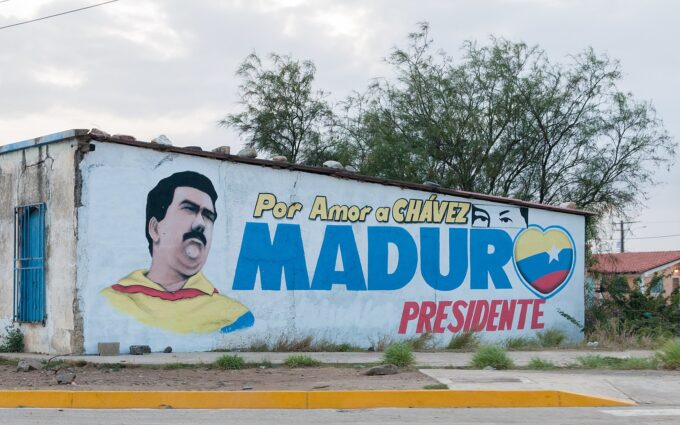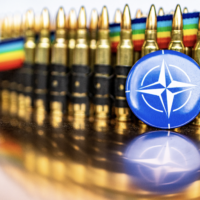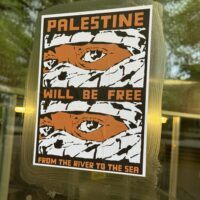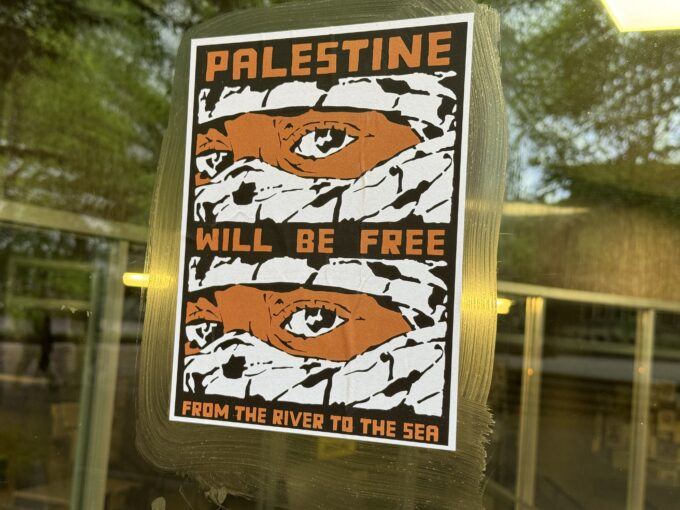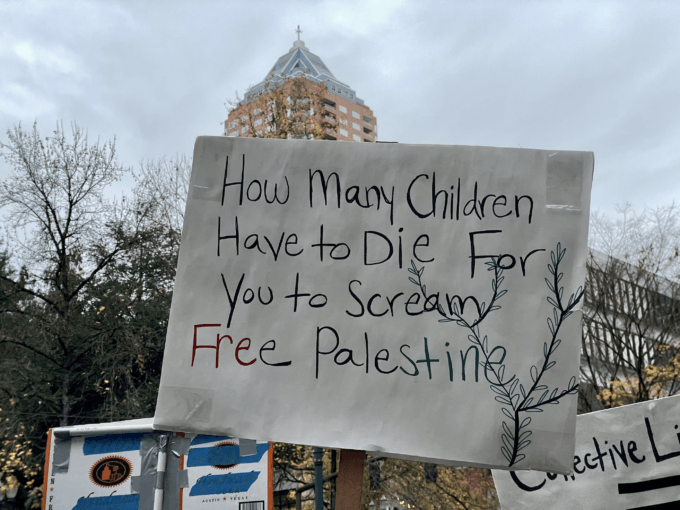
On Monday, August 5, former Prime Minister Sheikh Hasina boarded a Bangladesh Air Force C-130J military transport in a hurry and fled to Hindon Air Force base, outside Delhi. Her plane was refueled and reports said that she intended to fly on either to the United Kingdom (her niece, Tulip Siddiq is a minister in the new Labor government), Finland (her nephew Radwan Mujib Siddiq is married to a Finnish national), or the United States (her son Sajeeb Wajed Joy is a dual Bangladesh-US national). Army Chief Waker uz-Zaman, who only became Army Chief six weeks ago and was her relative by marriage, informed her earlier in the day that he was taking charge of the situation and would create an interim government to hold future elections.
Sheikh Hasina was the longest-serving prime minister in Bangladesh’s history. She was the prime minister from 1996 to 2001, and then from 2009 to 2024—a total of 20 years. This was a sharp contrast to her father Sheikh Mujib, who was assassinated in 1975 after four years in power, or General Ziaur Rahman who was assassinated in 1981 after six years in power. In a scene reminiscent of the end of Mahinda Rajapaksa’s rule in Sri Lanka, jubilant crowds of thousands crashed the gates of Ganabhaban, the official residence of the prime minister, and jubilantly made off with everything they could find.
Tanzim Wahab, photographer and chief curator of the Bengal Foundation, told me, “When [the masses] storm into the palace and make off with pet swans, elliptical machines, and palatial red sofas, you can feel the level of subaltern class fury that built up against a rapacious regime.” There was widespread celebration across Bangladesh, along with bursts of attacks against buildings identified with the government—private TV channels, and palatial homes of government ministers were a favored target for arson. Several local-level leaders in Sheikh Hasina’s Awami League have already been killed (Mohsin Reza, a local president of the party, was beaten to death in Khulna).
The situation in Bangladesh remains fluid, but it is also settling quickly into a familiar formula of an “interim government” that will hold new elections. Political violence in Bangladesh is not unusual, having been present since the birth of the country in 1971. Indeed, one of the reasons why Sheikh Hasina reacted so strongly to any criticism or protest was her fear that such activity would repeat what she experienced in her youth. Her father, Sheikh Mujibur Rahman (1920-1975), the founder of Bangladesh, was assassinated in a coup d’état on August 15, 1975, along with most of his family. Sheikh Hasina and her sister survived because they were in Germany at that time—the two sisters fled Bangladesh together on the same helicopter this week. She has been the victim of multiple assassination attempts, including a grenade attack in 2004 that left her with a hearing problem. Fear of such an attempt on her life made Sheikh Hasina deeply concerned about any opposition to her, which is why up to 45 minutes before her departure she wanted the army to again act with force against the gathering crowds.
However, the army read the atmosphere. It was time for her to leave.
A contest has already begun over who will benefit from the removal of Sheikh Hasina. On the one side are the students, led by the Bangladesh Student Uprising Central Committee of about 158 people and six spokespersons. Lead spokesperson Nahid Islam made the students’ views clear: “Any government other than the one we recommended would not be accepted. We won’t betray the bloodshed by the martyrs for our cause. We will create a new democratic Bangladesh through our promise of security of life, social justice, and a new political landscape.” At the other end are the military and the opposition political forces (including the primary opposition party Bangladesh National Party, the Islamist party Bangladesh Jamaat-e-Islami, and the small left party Ganosamhati Andolan). While the Army’s first meetings were with these opposition parties, a public outcry over the erasure of the student movement forced the Army to meet with the Student Central Committee and listen to their primary demands.
There is a habit called polti khawa or “changing the team jersey midway through a football match” that prevails in Bangladesh, with the military being the referee in charge at all times. This slogan is being used in public discourse now to draw attention to any attempt by the military to impose a mere change of jersey when the students are demanding a wholesale change of the rules of the game. Aware of this, the military has accepted the student demand that the new government be led by economist Muhammad Yunus, Bangladesh’s only Nobel Prize winner. Yunus, as the founder of the microcredit movement and promoter of “social business,” used to be seen as primarily a phenomenon in the neoliberal NGO world. However, the Hasina government’s relentless political vendetta against him over the last decade, and his decision to speak up for the student movement, have transformed him into an unlikely “guardian” figure for the protesters. The students see him as a figurehead although his neoliberal politics of austerity might be at odds with their key demand, which is for employment.
Students
Even prior to independence and despite the rural character of the region, the epicenter of Bangladeshi politics has been in urban areas, with a focus on Dhaka. Even as other forces entered the political arena, students remain key political actors in Bangladesh. One of the earliest protests in post-colonial Pakistan was the language movement (bhasha andolan) that emerged out of Dhaka University, where student leaders were killed during an agitation in 1952 (they are memorialized in the Shaheed Minar, or Martyrs’ Pillar, in Dhaka). Students became a key part of the freedom struggle for liberation from Pakistan in 1971, which is why the Pakistani army targeted the universities in Operation Searchlight which led to massacres of student activists. The political parties that emerged in Bangladesh after 1971 grew largely through their student wings—the Awami League’s Bangladesh Chhatra League, the Bangladesh National Party’s Bangladesh Jatiotabadi Chatradal, and the Jamaat-e-Islami’s Bangladesh Islami Chhatra Shibir.
Over the past decade, students in Bangladesh have been infuriated by the growing lack of employment despite the bustling economy, and by what they perceived as a lack of care from the government. The latter was demonstrated to them by the callous comments made by Shajahan Khan, a minister in Sheikh Hasina’s government, who smirked as he dismissed news that a bus had killed two college students on Airport Road, Dhaka, in July 2019. That event led to a massive protest movement by students of all ages for road safety, to which the government responded with arrests (including incarceration for 107 days of the photojournalist Shahidul Alam).
Behind the road safety protests, which earned greater visibility for the issue, was another key theme. Five years previously, in 2013, students who were denied access to the Bangladesh Civil Service began a protest over restrictive quotas for government jobs. In February 2018, this issue returned through the work of students in the Bangladesh Sadharon Chhatra Odhikar Songrokkhon Parishad (Bangladesh General Students’ Rights Protection Forum). When the road safety protests occurred, the students raised the quota issue (as well as the issue of inflation). By law, the government reserved seats in its employment for people in underdeveloped districts (10 percent), women (10 percent), minorities (5 percent), and the disabled (1 percent) as well as for descendants of freedom fighters (30 percent).
It is the latter quota that has been contested since 2013 and which returned as an emotive issue this year for the student protesters—especially after the prime minister’s incendiary comment at a press conference that those protesting the freedom fighter quotas were “rajakarer natni” (grandchildren of war traitors). British journalist David Bergman, who is married to prominent Bangladeshi activist lawyer Sara Hossain and was hounded into exile by the Hasina government, called this comment the “terrible error” that ended the government.
Military Islam
In February 2013, Abdul Quader Mollah of the Jamaat-e-Islami was sentenced to life in prison for crimes against humanity during Bangladesh’s liberation war (he was known to have killed at least 344 civilians). When he left the court, he made a V sign, whose arrogance inflamed large sections of Bangladesh’s society. Many in Dhaka gathered at Shahbag, where they formed a Gonojagoron Moncho (Mass Awakening Platform). This protest movement pushed the Supreme Court to reassess the verdict, and Mollah was hanged on December 12. The Shahbag movement brought to the surface a long-term tension in Bangladesh regarding the role of religion in politics.
Sheikh Mujibur Rahman initially claimed that Bangladesh would be a socialist and secular country. After his assassination by the military, general Ziaur Rahman took over the country and governed it from 1975 to 1981. During this time, Zia brought religion back into public life, welcomed the Jamaat-e-Islami from banishment (which had been due to its participation in the genocide of 1971), and—in 1978—formed the Bangladesh Nationalist Party (BNP) on nationalist lines with a strong critical stance toward India. General Hussain Muhammad Ershad, who took control after his own coup in 1982 and ruled until 1990, went further, declaring that Islam was the state’s religion. This provided a political contrast with the views of Mujib, and of his daughter Sheikh Hasina who took the reins of her father’s party, the Awami League, in 1981.
The stage was set for a long-term contest between Sheikh Hasina’s centrist-secular Awami League and the BNP, which was taken over by Zia’s wife Khaleda Zia after the General was assassinated in 1981. Gradually, the military—which had a secular orientation in its early days—began to witness a growing Islamist mood. Political Islam has grown in Bangladesh with the rise of piety in the general population, some of it driven by the Islamization of migrant labor to the Gulf states and to Southeast Asia. The latter has steadily reflected growth in observance of the Islamic faith in the aftermath of the war on terror’s many consequences. One should neither exaggerate this threat nor minimize it.
The relationship of the political Islamists, whose popular influence has grown since 2013, with the military is another factor that requires much more clarity. Given the dent in the fortunes of the Jamaat-e-Islami since the War Crimes Tribunal documented how the group was involved on the side of Pakistan during the liberation struggle, it is likely that this formation of political Islam has a threshold in terms of its legitimacy. However, one complicating factor is that the Hasina government relentlessly used the fear of “political Islam” as a bogeyman to obtain US and Indian silent consent to the two elections in 2018 and 2024. If the interim government holds a fair election on schedule, this will allow Bangladeshi people to find out if political Islam is a dispensation they wish to vote for.
New Cold War
Far away from the captivating issues put forward by the students which led to the ouster of Sheikh Hasina are dangerous currents that are often not discussed during these exciting times. Bangladesh is the eighth-largest country in the world by population, and it has the second highest Gross Domestic Product in South Asia. The role it plays in the region and in the world is not to be discounted.
Over the course of the past decade, South Asia has faced significant challenges as the United States imposed a new cold war against China. Initially, India participated with the United States in the formations around the US Indo-Pacific Strategy. But, since the Russian invasion of Ukraine in February 2022, India has begun to distance itself from this US initiative and tried to put its own national agenda at the forefront. This meant that India did not condemn Russia but continued to buy Russian oil. At the same time, China had—through the Belt and Road Initiative (BRI)—built infrastructure in Bangladesh, Nepal, Pakistan, and Sri Lanka, India’s neighbors.
It is perhaps not a coincidence that four governments in the region that had begun to collaborate with the BRI have fallen, and that their replacements in three of them are eager for better ties with the United States. This includes Shehbaz Sharif, who came to power in Pakistan in April 2022 with the ouster of Imran Khan (now in prison), Ranil Wickremesinghe, who briefly came to power in Sri Lanka in July 2022 after setting aside a mass uprising that had other ideas than the installation of a party with only one member in parliament (Wickremesinghe himself), and KP Sharma Oli, who came to power in July 2024 in Nepal after a parliamentary shuffle that removed the Maoists from power.
What role the removal of Sheikh Hasina will play in the calculations in the region can only be gauged after elections are held under the interim government. But there is little doubt that these decisions in Dhaka are not without their regional and global implications.
The students rely upon the power of the mass demonstrations for their legitimacy. What they do not have is an agenda for Bangladesh, which is why the old neoliberal technocrats are already swimming like sharks around the interim government. In their ranks are those who favor the BNP and the Islamists. What role they will play is yet to be seen.
If the student committee now formed a bloc with the trade unions, particularly the garment worker unions, there is the possibility that they might indeed form the opening for building a new democratic and people-centered Bangladesh. If they are unable to build this historical bloc, they may be pushed to the side, just like the students and workers in Egypt, and they might have to surrender their efforts to the military and an elite that has merely changed its jersey.
- This article was produced by Globetrotter.
This post was originally published on Dissident Voice.









